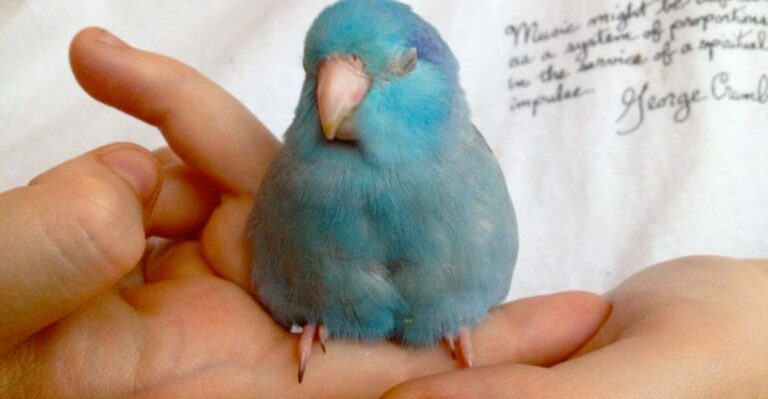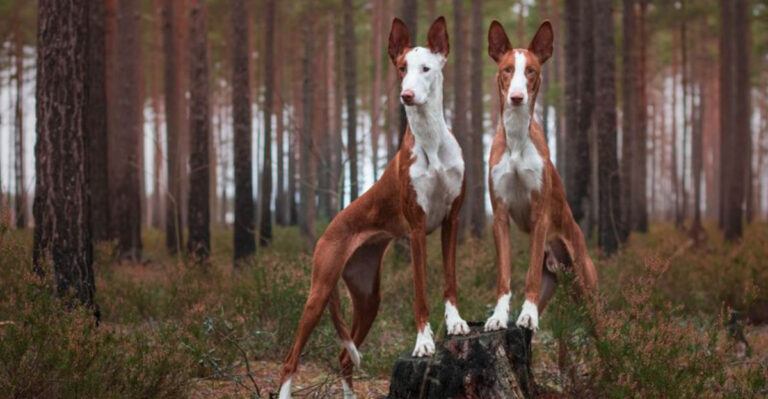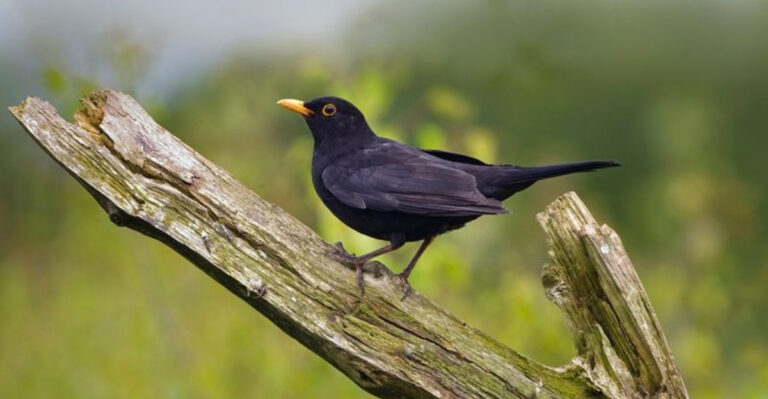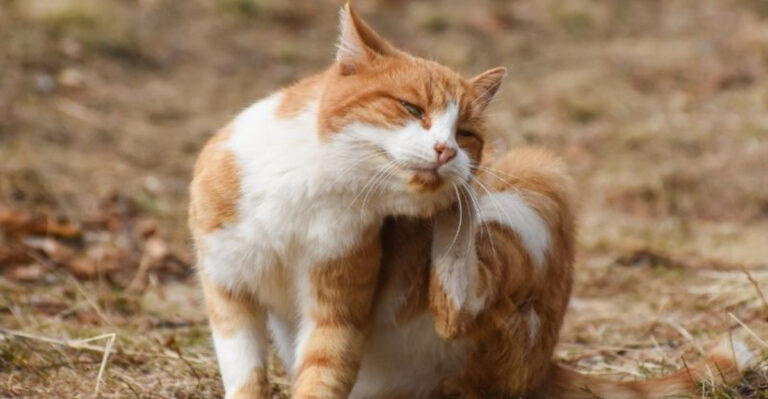15 Dog Breeds That Can’t Be Trusted Around Smaller Pets
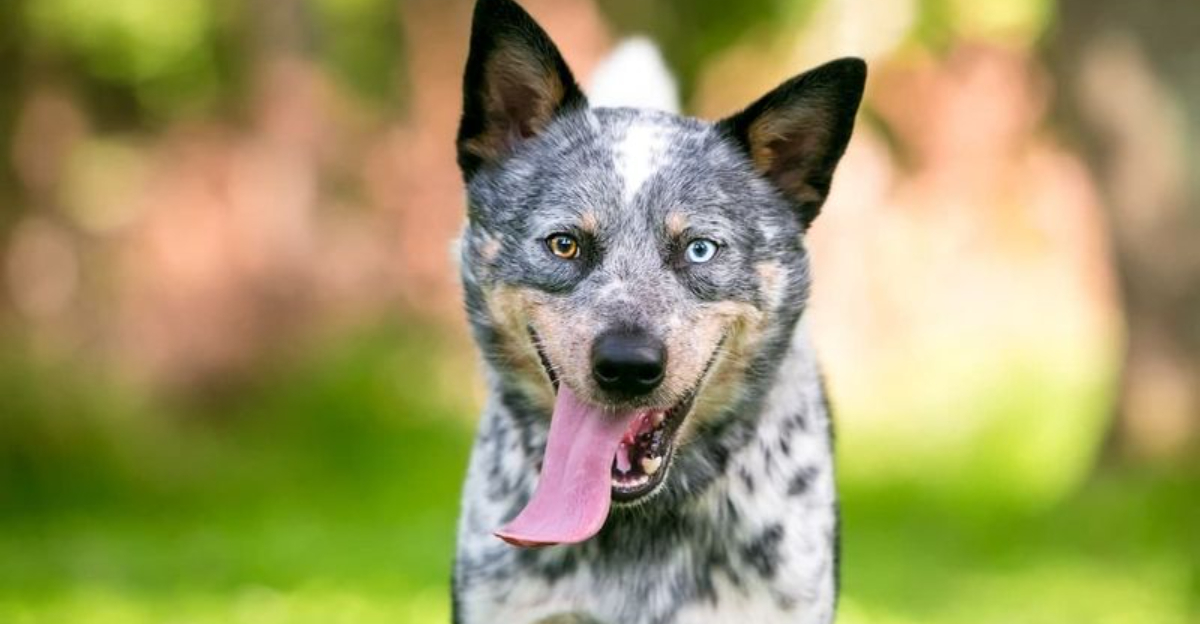
Many dogs have strong prey drives hardwired into their DNA from centuries of breeding for specific purposes like hunting or vermin control.
This natural instinct can make some breeds potentially dangerous around smaller animals like cats, rabbits, or hamsters. Before bringing a new canine companion into a multi-pet household, it’s crucial to understand which breeds might view your smaller pets as prey rather than family members.
1. Siberian Husky
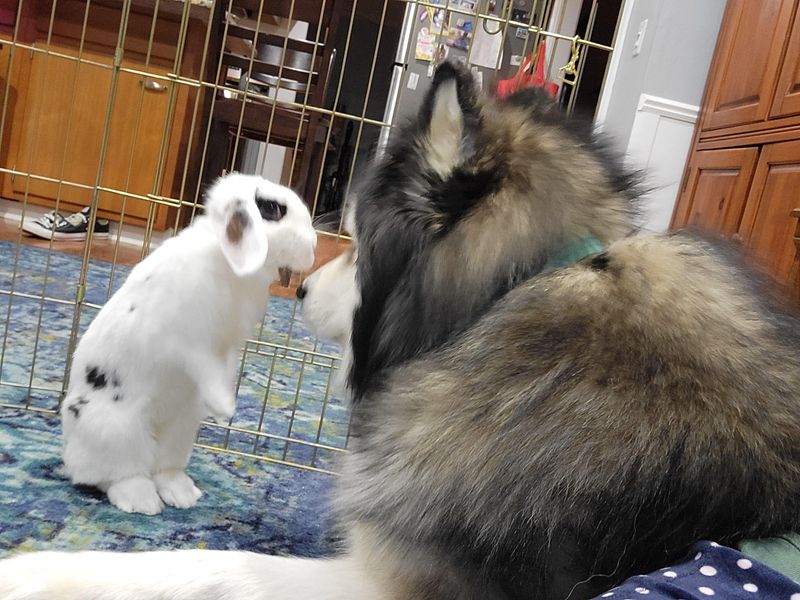
Born to chase, these stunning snow dogs carry a strong prey drive that dates back to their sledding heritage. The urge to pursue small moving creatures is practically embedded in their genes.
Even with training, many Huskies can’t resist the temptation to chase cats, rabbits, or other small animals. Their playful pounce can quickly turn predatory when instinct takes over.
2. Jack Russell Terrier
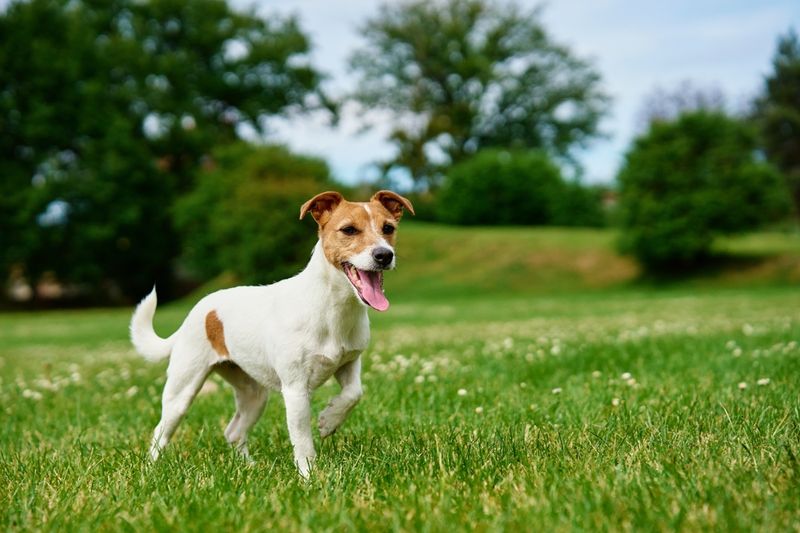
Don’t let their small size fool you! Originally bred to hunt foxes and flush out rodents from their burrows, Jack Russells possess an extraordinary prey drive packed into a compact body.
Quick and tenacious, these terriers view small scurrying animals as targets rather than potential friends. Their lightning-fast reflexes and determined nature make them a genuine threat to hamsters, gerbils, and other pocket pets.
3. Greyhound
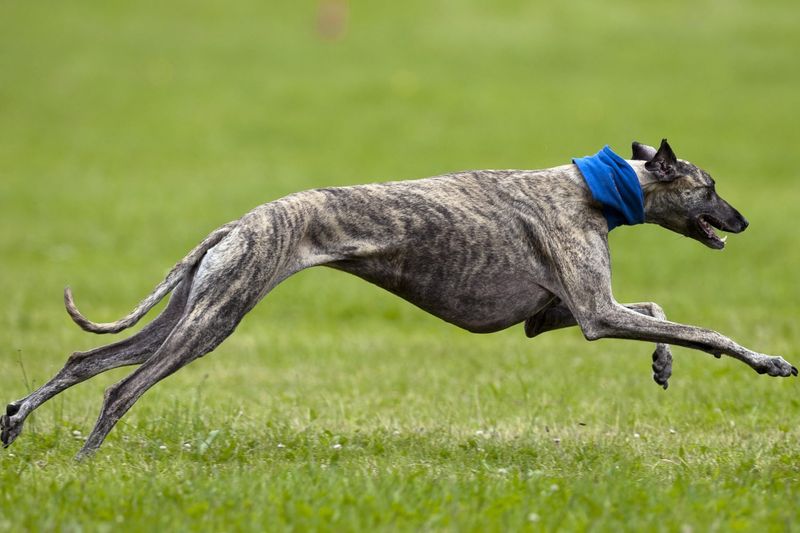
Racing champions with lightning-fast reflexes, Greyhounds were specifically bred to chase small, fast-moving prey. Their entire body is designed for the pursuit, with specialized vision that spots movement from remarkable distances.
Retired racing Greyhounds often need careful introduction to smaller pets. When something small darts across their field of vision, ancient hunting programming kicks in before their gentle personality can override it.
4. Australian Cattle Dog
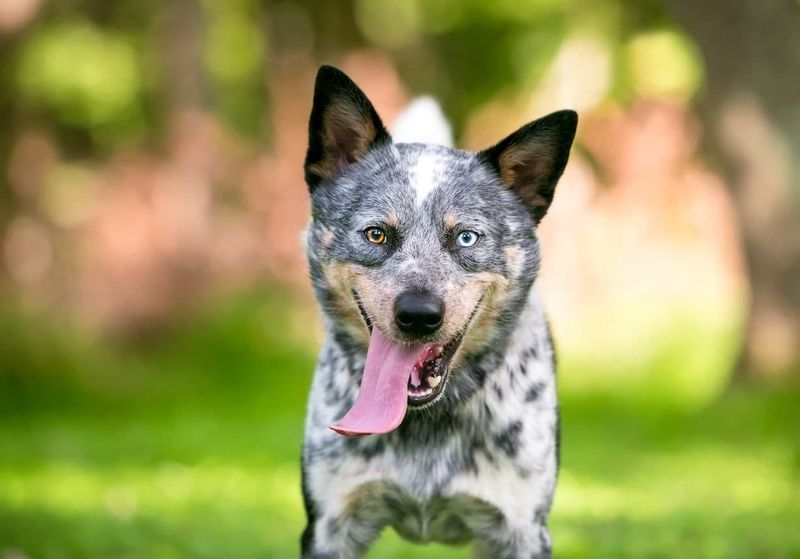
Farmers’ favorite herding companions come with a catch – their intense work drive often translates to chasing and nipping. These intelligent dogs were developed to control stubborn cattle by whatever means necessary.
Without proper outlets for their energy and instincts, they may redirect herding behaviors toward household pets. Their powerful jaws and quick movements can spell trouble for rabbits, guinea pigs, and even cats.
5. Weimaraner
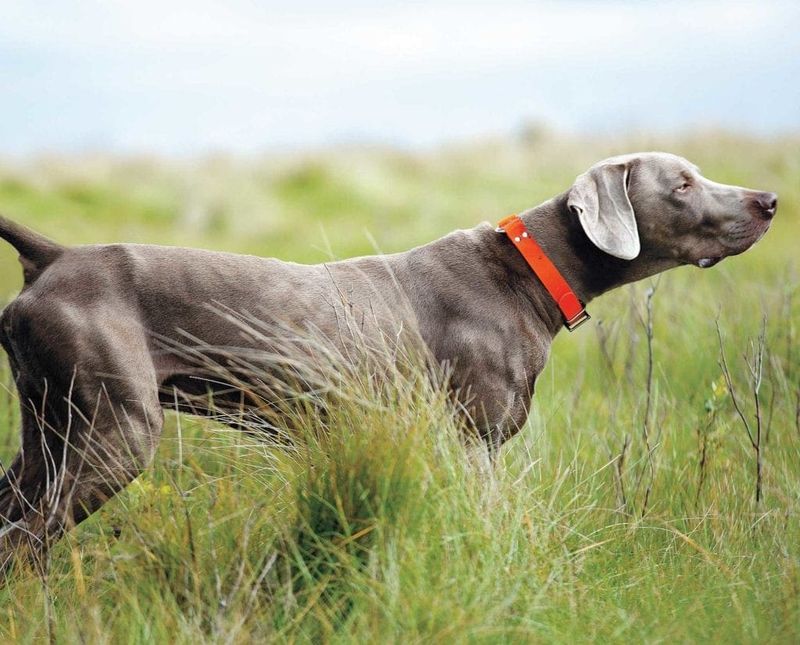
Nicknamed “the Gray Ghost,” these aristocratic hunting dogs were developed to track large game but excel at hunting smaller creatures too. Their powerful nose leads them straight to anything that might be hiding.
Athletic and determined, Weimaraners maintain strong predatory instincts despite their elegant appearance. The combination of intelligence, speed, and hunting prowess makes them particularly challenging to train against chasing smaller household pets.
6. Rat Terrier
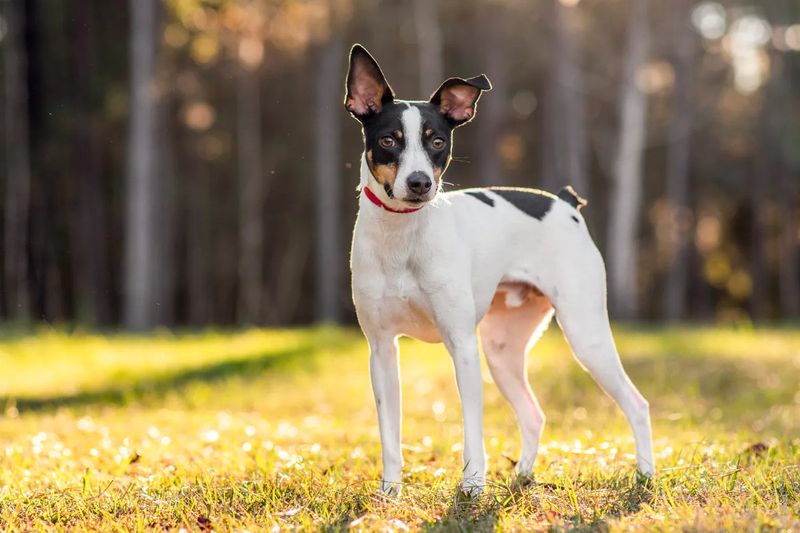
Farm pest control specialists by design, Rat Terriers have an almost supernatural ability to detect and dispatch small animals. Their name reveals their original purpose – they were ratting champions on American farms.
Lightning-quick reflexes combined with determination make them formidable hunters despite their modest size. No amount of socialization can completely eliminate their hardwired instinct to chase and catch anything resembling their ancestral prey.
7. Alaskan Malamute
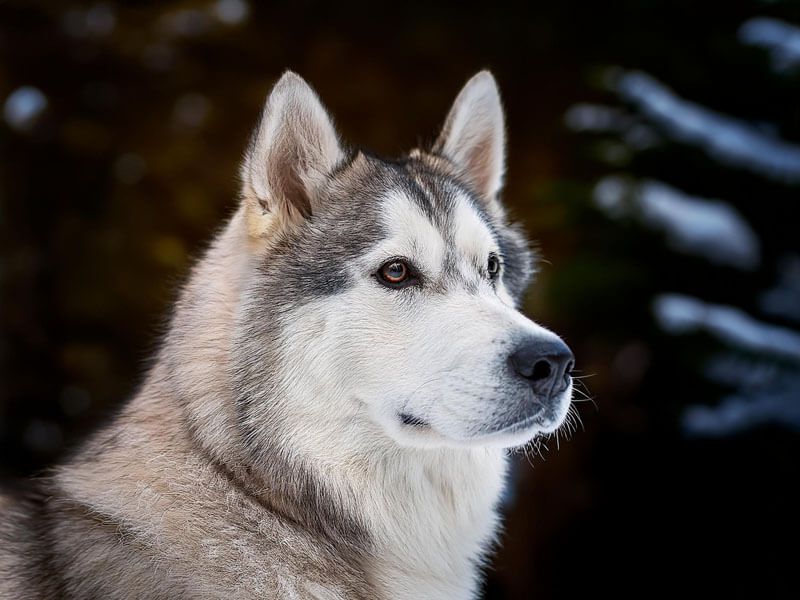
Arctic powerhouses with ancient hunting lineage, Malamutes were companions to indigenous peoples who relied on them for survival in harsh conditions. Their prey drive helped feed human families for thousands of years.
Behind those friendly wolf-like faces lies a strong predatory instinct. When something small scurries by, their primitive hunting programming often overrides their otherwise gentle nature, making hamsters, gerbils, and rabbits potential targets.
8. Airedale Terrier
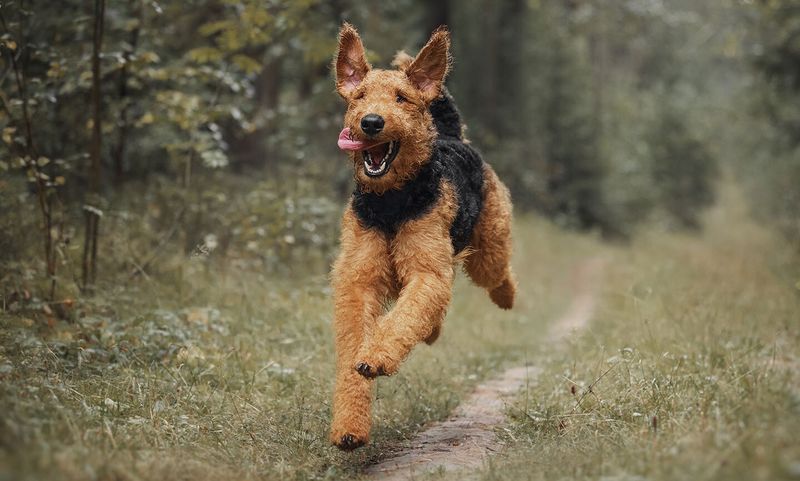
Known as “The King of Terriers,” these versatile hunting dogs were bred to tackle everything from water rats to otters. Their independent thinking and problem-solving skills made them exceptional at tracking down prey.
Combining terrier tenacity with sporting dog athleticism creates a mix that spells trouble for smaller creatures. Their natural instinct to chase, grab, and shake can emerge unexpectedly, even in otherwise well-behaved Airedales.
9. Rhodesian Ridgeback

Famous for hunting lions in Africa, these powerful dogs possess courage and prey drive in equal measure. Originally bred to track and hold large game at bay, their hunting instincts remain remarkably intact despite generations as companion animals.
Athletic and independent thinkers, Ridgebacks can view smaller pets as targets rather than family members. Their silent hunting style makes them particularly dangerous – they often give no warning before pouncing.
10. Beagle
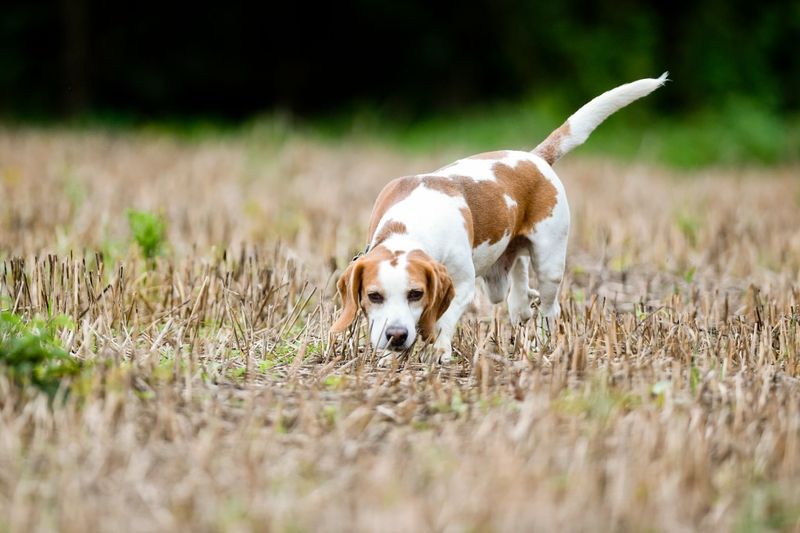
Cheerful rabbit hunters with noses that never quit, Beagles follow scent trails with single-minded determination. Their friendly appearance masks a serious hunting drive that has been carefully cultivated for centuries.
Once on the trail of something interesting, Beagles often become deaf to commands. Their hunting instinct can trigger suddenly around small pets, transforming your lovable family dog into a focused predator within seconds.
11. German Shorthaired Pointer
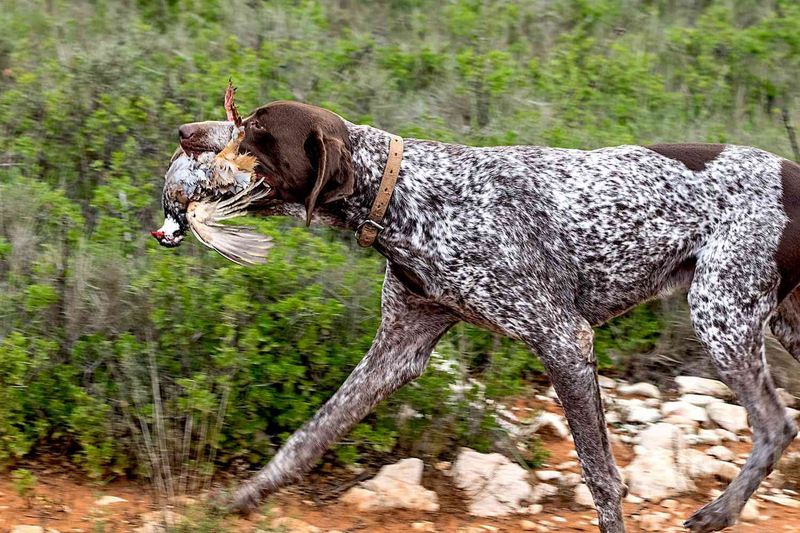
Master hunters with boundless energy, these dogs were engineered to excel at finding and retrieving game birds. Every muscle and instinct in their body is fine-tuned for hunting performance.
Their incredible focus and stamina make them relentless when prey drive activates. Even well-trained GSPs struggle to ignore the movement of small animals, as centuries of selective breeding have hardwired them to pursue anything that flutters, scurries, or hops.
12. Whippet
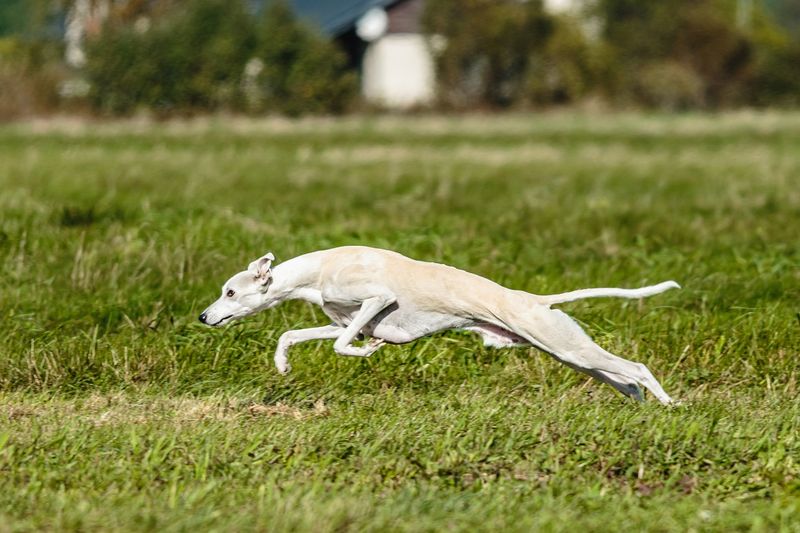
Miniature speed demons originally bred for rabbit hunting, Whippets can accelerate from zero to top speed in seconds. Their slender build masks incredible muscle power designed specifically for catching fast-moving prey.
Sight-driven hunters by nature, they react instantaneously to movement. The motion of a hamster wheel or a bird fluttering in a cage can trigger their chase response, often before owners can intervene or before the dog even realizes what it’s doing.
13. Border Collie

Genius-level herders with laser focus, Border Collies were developed to control sheep through intense staring and strategic movement. Their herding technique mimics wolf hunting behavior, which can frighten or stress smaller animals.
Without proper outlets for their working instincts, these dogs may transfer their herding drive to household pets. The stalking, chasing, and nipping behaviors that make them excellent working dogs can terrorize rabbits, guinea pigs, and even cats.
14. Dachshund
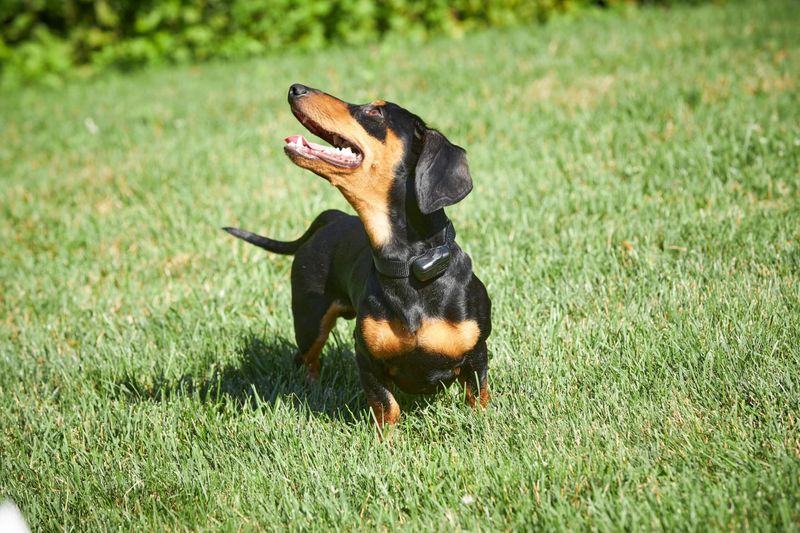
Designed specifically to hunt badgers underground, these little dogs pack serious predatory punch in a deceptively cute package. Their name literally means “badger dog” in German, revealing their original purpose.
Fearless and determined, Dachshunds were bred to pursue prey into tight spaces. Their tenacity makes them particularly dangerous around small pets like hamsters and gerbils, as their instinct to dig, chase, and capture remains remarkably strong despite centuries as companion animals.
15. Akita
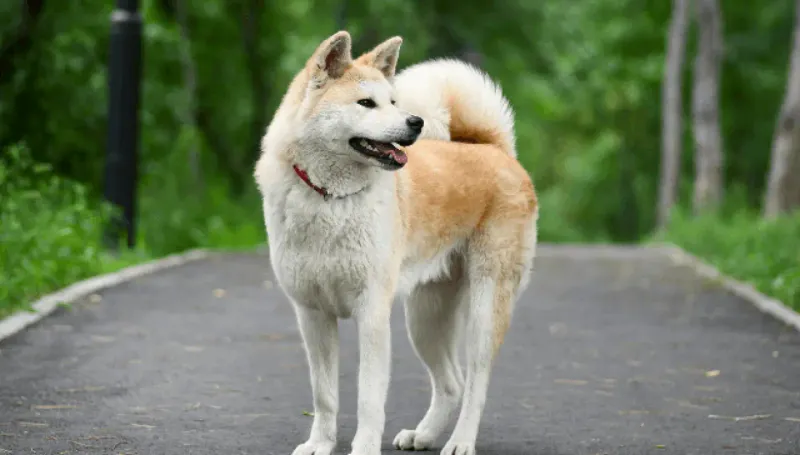
Ancient Japanese hunting companions with powerful builds and independent personalities, Akitas were traditionally used to hunt boar, bear, and other large game. Their natural guarding instincts combine with predatory drive in unpredictable ways.
Silent and observant, they often give no warning before striking. Their hunting strategy involves patient watching followed by explosive action, which can be triggered by the quick movements typical of smaller pets like cats, rabbits, or birds.

